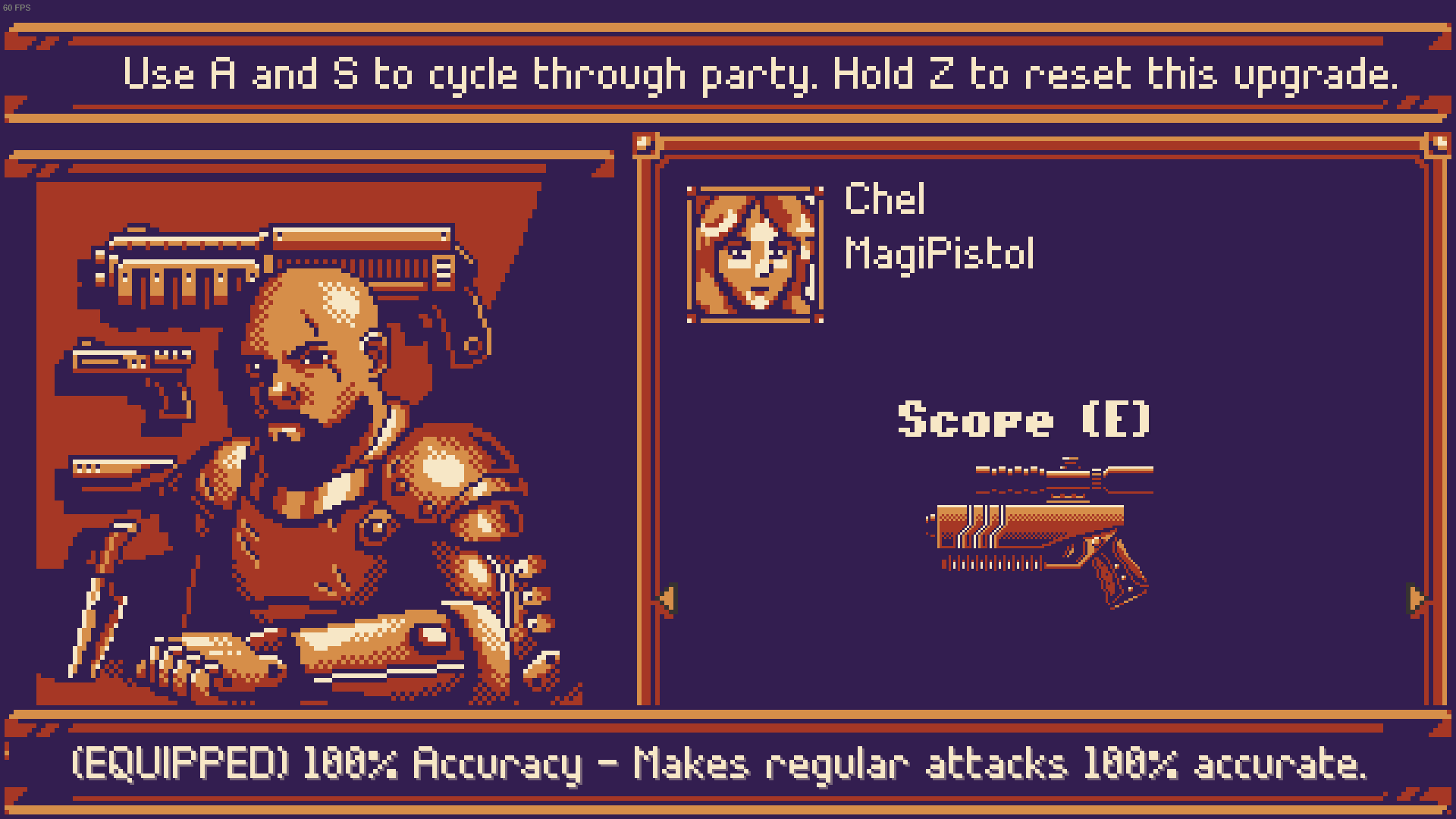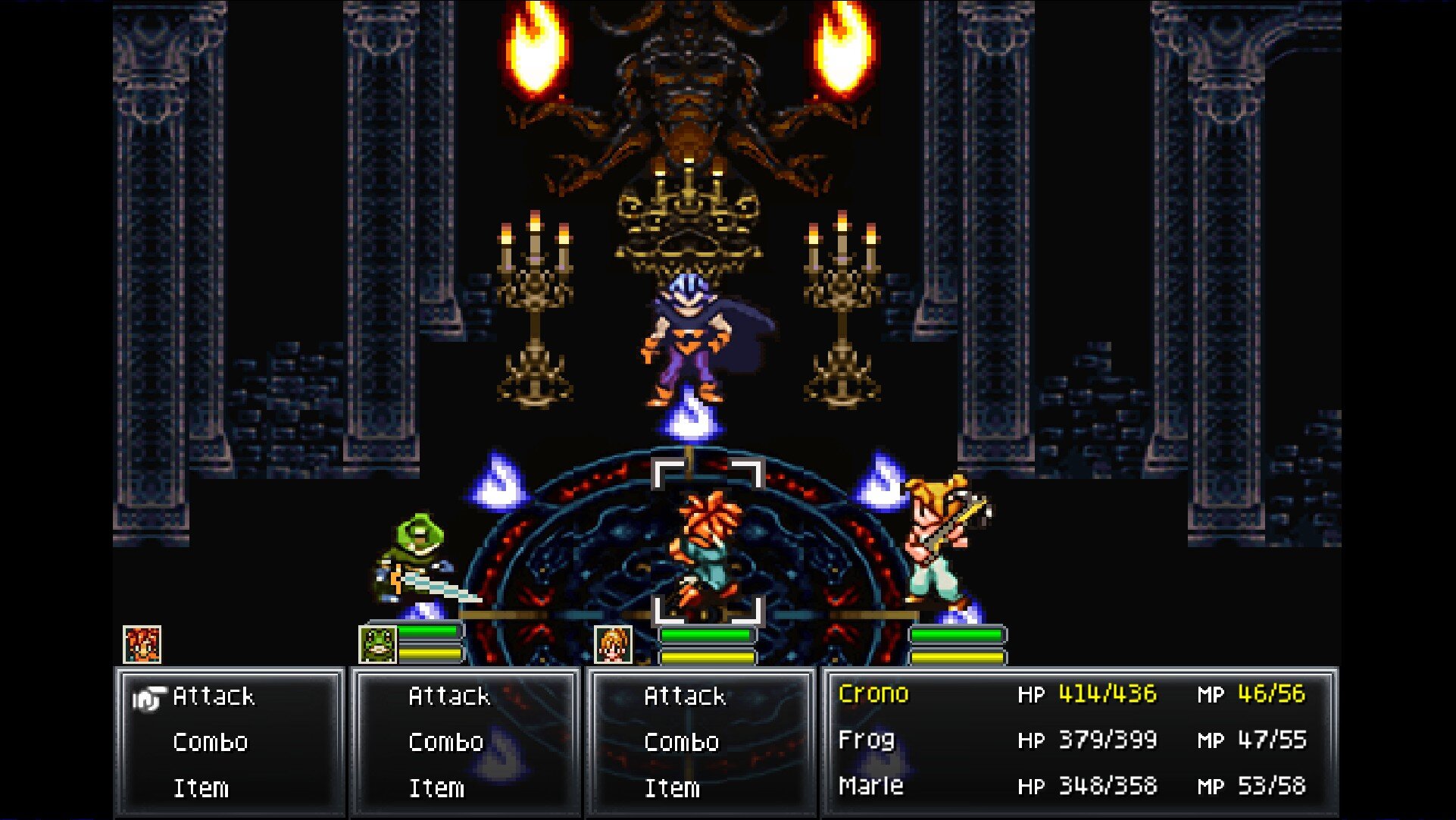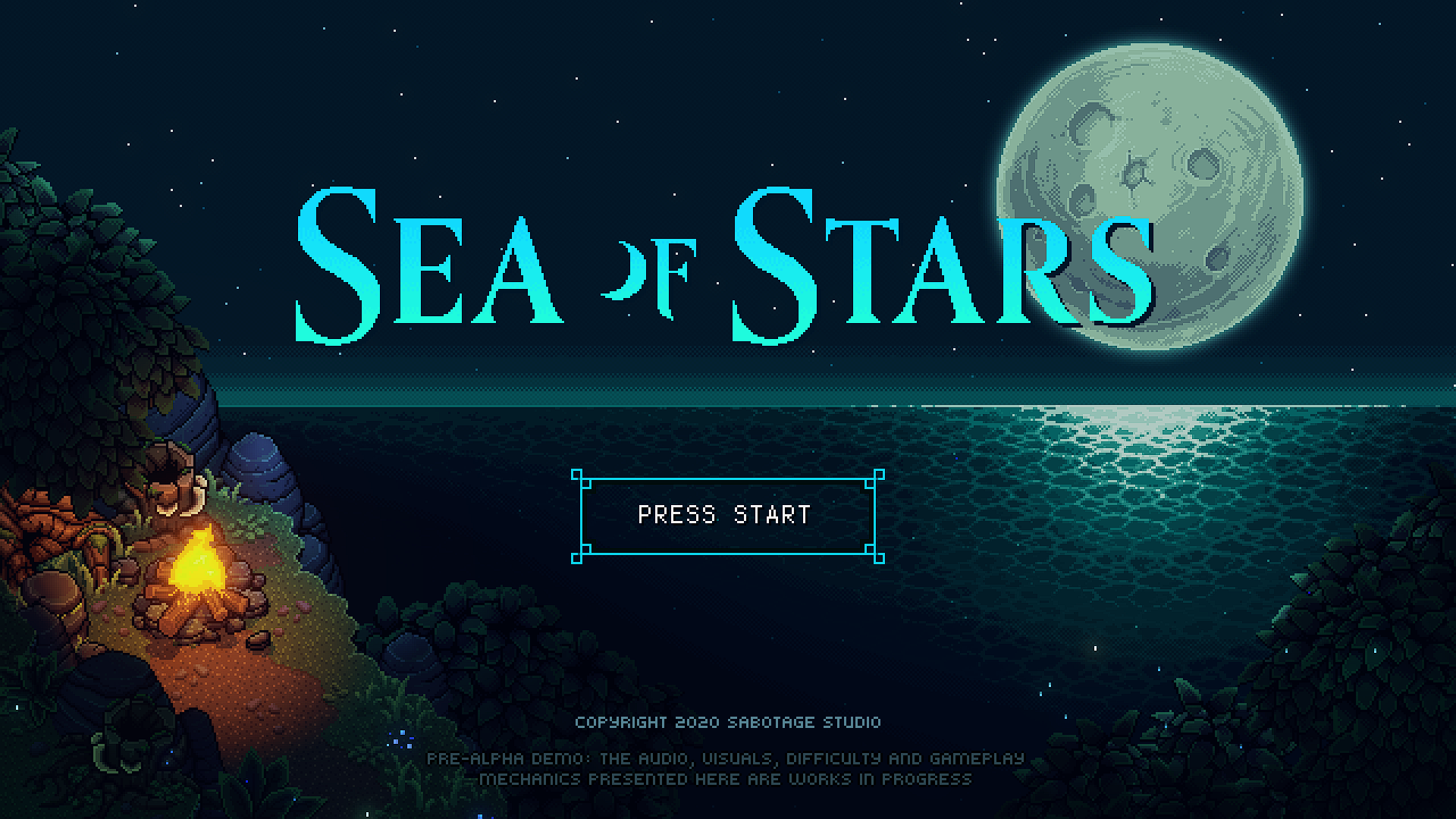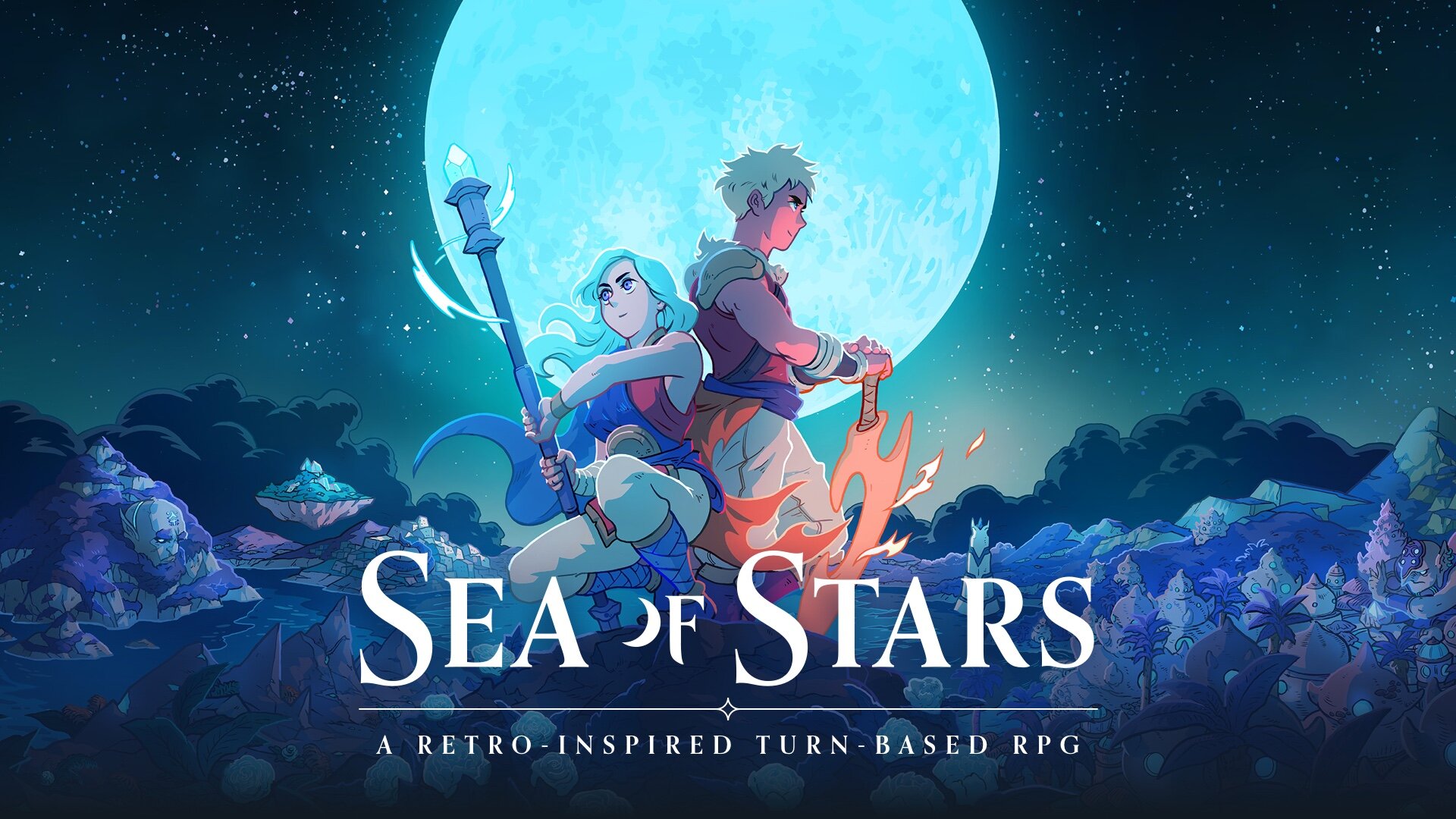
I’ve always had an affinity for peculiar games that folks seem to have forgotten. Whether due to questionable quality or because they just didn’t hit the right cultural notes to become part of our modern lexicon. If you’ve followed me on twitter for awhile, you might have seen me bring up Dragon Valor for PS1. It’s always been one of those games that I have deeply fond memories of, but is also, by all metrics, mediocre. Whenever I bring it up, I seem to be the only one who’s ever heard of it. And everybody looks at me weird when I show them the totally rad intro for disc one.
Though well reviewed when they released, Maximo: Ghosts to Glory and Rygar: The Legendary Adventure both occupy that same realm. Games that nobody seems to have heard off outside of a few dedicated audiences. And both were games I remember playing over and over, absolutely loving.
I love these oddball games, peculiar and off the beaten path. Made with passion but oft forgotten. So, when I saw Rise of the Argonauts sitting in my Steam library, I decided to give it a try. I played it when it first released, and have mixed memories of the experience. But maybe, after a second look, RotA might turn out to be one of those hidden gems. Oft forgotten.
SPOILER WARNING: From here onward are SPOILERS FOR THE WHOLE GAME. You have been warned.
The Setup
We start out in the palace of our main character, Jason king of Iolcus. Jason is getting married to Alceme in a juddering, poorly compressed cutscene filled with jaggies that aren’t present in-game. It’s not a great introduction, and doesn’t help that stilted, wooden character models mime going through a wedding ritual. But assassins have infiltrated the palace, and before Alceme even gets to utter her first line of dialogue, she’s shot with an arrow through the heart.
We learn that the assassins are Blacktongues, a murderous cult devoted to Hecate. Later it’s revealed that Alceme was part of some poorly explained prophecy dictating that she would be the downfall of the Blacktongues, which is why they attacked her. It’s not really made clear what exactly that prophecy was, but it’s implied to be self-fulfilling on the part of the Blacktongues, since in killing Alceme they start Jason on his quest that ultimately results in their own destruction.
So Alceme dies, and Jason pledges to bring her back to life. With the help of the gods, he sets out on a quest to get the Golden Fleece, which has the power to revive her.
Right off the bat, this smacks of reducing Alceme to a prop to fuel Jason’s motivations. Though her death and revival is the anchor that tethers the narrative, we never get any insight into her character. The closest we get are a few flashbacks that show snippets of her and Jason’s budding relationship through the years, which is nice, but even these are optional. I only found them because I like to explore the nooks and crannies of levels, otherwise it’s extremely easy to miss these extra scenes.
Stab, talk, and stab again
Rise of the Argonauts is an action RPG. The combat plays like a hack n’ slash, you have two attack buttons, a wounding attack (weak attack), and an execution attack (strong attack). Along with a block, a shield bash, a dodge roll, and a couple special abilities, you set to work slicing, crushing, and stabbing enemies with reckless abandon.
There isn’t much finesse to the combat. Jason has access to three weapons and a shield, and each is associated with a god. The mace (Ares) is slow but strong and deals more damage to shields. The sword (Hermes) is quick but weak, with long combo strings. And the spear (Athena) has the strongest execution attack, but doesn’t do much damage to shields. Finally, we have the shield (Apollo), which has a shield bash that can stagger enemies.
There’s some strategy built into these weapons, using the mace to break shields, the spear to do precise damage, or the sword for a series of quick attacks. But I often resorted to spamming attacks, becoming frustrated from enemies constantly blocking with their shields, and just trying to brute force my way through encounters. A lot of the combat’s satisfying feel is carried on the back of the execution attacks. When an enemy is near death, hitting them with an execution attack will initiate an animation with a slow down effect. It’s undeniably satisfying to see Jason chop a dude in half amid a spray of blood while the world goes into slomo for three seconds.
 Pictured: Nessus, centaur traitor, and his tamed spectral beast. There aren’t a lot of enemy types and many of them have similar patterns. But there are some creative boss fights that require more strategy than spamming attacks.
Pictured: Nessus, centaur traitor, and his tamed spectral beast. There aren’t a lot of enemy types and many of them have similar patterns. But there are some creative boss fights that require more strategy than spamming attacks.
It seems like shields were meant to be a big component of the game. Jason’s shield gets its own upgrade tree assigned to Apollo, and in a super interesting design choice, Jason’s shield is always blocking. This means if you’re standing still, not pressing any buttons, and an enemy attacks Jason from the side holding his shield, the shield will still block the attack. This is true for enemies as well, and gives the impression we’re meant to try and duck and weave around attacks to hit opponents exposed sides. But the combat is so spammy, and encounters often throw a dozen or more enemies at you at once, that this just becomes unfeasible. It’s an interesting idea that ends up feeling like a gimmick because there’s no room to build effective strategy around it.
I mentioned that the shield has its own upgrade tree assigned to Apollo, each of Jason’s weapons has a dedicate upgrade tree assigned to their respective god. So Ares’ upgrade tree focuses on beefing up mace attacks, Hermes enhances sword attacks, and Athena’s improves spear attacks. Each also provides additional benefits and some magical abilities that do things like increase your damage, heal yourself and party members, leave a decoy after you dodge, and so on.
The way RotA approaches leveling up is pretty unique. The game eschews experience points, instead relying on the player dedicating “deeds” to one of the gods. Think of deeds like achievements, kill ten enemies for the first time, you get a deed and can dedicate it to a god. This also includes advancing in the story, recruiting Argonauts, and doing side quests. Dedicate enough deeds to a god and you get an aspect point, which can be used to purchase an upgrade. Rinse and repeat. It’s a clever way to make leveling up feel more involved and thematically appropriate to the fantastical Greece setting.
In-between all this stabbing and upgrading are long sections focused on dialogue. I think this is really the part of the game that’s hit or miss for a lot of players. These dialogue sections often feel drawn out and involve running back and forth in a town or village to talk to people. The dialogue itself is kept short and concise, there only being a few instances with long bits of exposition. Where the drag comes in is the need to run back and forth in a town, talking to the same handful of people over and over.
RotA uses a Mass Effect style dialogue wheel, but each line of dialogue is associated with one of the four gods presiding over Jason’s quest. Ares’ options are more aggressive, impatient, and to the point. Athena’s prioritize law, honor, and duty. Hermes’ are laissez faire, invoking a more carefree attitude. And Apollo’s are the all-around Good Dude answers, prioritizing respect for the individual. These options help make it feel like you’re influencing Jason’s personality as you play, but they’re more like you’re filling in the edges of an already predefined character. Unlike Mass Effect, options are never gated off or hidden behind upgrades, so it’s not like you’re creating a good or bad character, like might be expected in games with morality systems. Jason is Jason, despite what you pick.
Another reason players might bounce off the dialogue is the illusion of choice. In multiple scenarios RotA makes it seem like the player can affect the outcome with different dialogue choices, but all scenarios play out in a samey fashion. As far as I can tell, dialogue choices might net you some extra bits of equipment, otherwise the story will progress the same for everyone.
But! The branching dialogue does have one material benefit, when you choose an option associated with a god, it’s equivalent to dedicating deeds to that god. Which will get you more aspect points to spend on upgrades. So rest assured, running around talking to people will make you better at stabbing them later.
Self-contained stories amid a larger whole

To get the Golden Fleece, Jason will have to find three descendants of the gods and bring them to the Oracle at Delphi. Each of these descendants are on one of three islands, and are themed around their respective gods, Ares, Hermes, and Athena.
You can choose to visit these three islands in any order, and what happens in one doesn’t affect the narrative of the others. The only difference being that you might have a different Argonaut companion, but this only affects a few offhand lines of dialogue.
Each of these three islands has a self-contained story directly related to one of the descendants you’re trying to recruit, and each is interesting and varied in their own way. The overarching narrative is relatively barebones, its these individual narratives that hook the player and carry us along.
Mycenae is the standout of the three. Homeland to Alceme, and seat of king Lycomedes, her father. When Jason lands he is greeted with a cold and disdainful atmosphere, the citizens refusing to talk to him and in some cases even jeer at you. The entirety of Mycenae blames Jason for Alceme’s death. Lycomedes refuses to hear reason, and condemns Jason to the arena as punishment for his supposed crime.
The Mycenae plot is a great example of the story’s potential, playing on all the emotional strings setup in the opening. Jason has to confront his own guilt while butting up against Lycomedes, who is using Jason as a scapegoat to preserve his own sense of power and control. It has all the ingredients to come together into a crescendo, but doesn’t hit the mark. Instead, the Jason/Lycomedes narrative peters out and we spend the rest of our time on Mycenae trying to uncover a conspiracy.
Saria, another of the three islands that you visit, gets close to this as well. But in this case, it doesn’t rely on Jason’s history with Alceme, instead revolving around Atalanta and her relationship with her adoptive centaur clan. There’s a monster loose in the jungle, and it’s killing centaurs who venture outside of their village. This means they can’t hunt, causing their food stores to dwindle. Turns out there’s a traitor in their midst somehow tied to the beast. As you try and solve the mystery, centaurs start becoming accused, causing anti-human sentiment to bubble to the surface, directed at both Jason and Atalanta.
This push and pull is the strongest introduction to one of the Argonauts, making Atalanta the most fleshed out member. Showing us Atalanta’s need to cement her place among the centaurs while also reconciling their differences is the most in-depth we get with any of the Argonauts.
Both these narratives stand out because their character-first, and it’s why the Kythra plot is the weakest. One of the three islands you visit, it has you meandering around a temple village trying to uncover a mystery with no real hook to keep the player invested.
None of these storylines ever truly shine. They each have strong setups, a variety of building blocks arrayed in the right order, but they don’t quiet fit right. And it’s the almost that’s such a letdown. So much in RotA is almost there. The pieces fit together, but they aren’t flush.
The Argonauts
The Argonauts proper, these aren’t the descendants you’re recruiting for their blood. These are the characters who will fight alongside you, wading into battle shoulder to shoulder with Jason. By the end of the game you’ll have four Argonauts to choose from—Hercules, Achilles, Atalanta, and Pan—and they’re all insufferably likable.
The Argonauts fight alongside you in combat, and accompany you as you run around towns talking to people. You can have two Argonauts in your team, alongside Jason. But whoever you choose doesn’t have a major impact on the story. They only add one-liners and a bit of extra dialogue, and that’s it. The only time the Argonauts are integral to the narrative’s forward progress are during Atalanta’s plot on Saria, for which she is a mandatory character, and the arena plot with Achilles. Otherwise, they’re just along for the ride.
 Pan is a mandatory character for the Kythra plot, but all he does is provide exposition and then summon some barriers during a boss fight. So even though he’s mandatory, he could be easily edited out of the story and it’d progress as normal. It doesn’t do much to expand his character, nor does he feel integral to the Kythra plot.
Pan is a mandatory character for the Kythra plot, but all he does is provide exposition and then summon some barriers during a boss fight. So even though he’s mandatory, he could be easily edited out of the story and it’d progress as normal. It doesn’t do much to expand his character, nor does he feel integral to the Kythra plot.
The player has no control over the Argonauts, they act on their own. Atalanta firing off volleys of arrows, Achilles rushing in whirling his spear in an arc, Hercules bearhugging goons to death, and Pan firing off globules of vibrantly coloured magic. This isn’t uncommon, Mass Effect and Kingdom Hearts both have similar party systems, where your teammates act on their own.
But it feels particularly disjointed in Rise of the Argonauts because you don’t have access to the Argonauts equipment or abilities. There’s no way for you to upgrade them, change accessories, or have any influence over their abilities whatsoever. Not only does this create distance between the player and the Argonauts, but it means when Pan starts firing off green energy blasts that leave a glowing circle on the ground…I don’t know what is happening?
There’s no way for me to tell what any of the Argonauts’ abilities do, which makes it impossible to strategize. I just have to assume everything is damage and acknowledge that there is going to be no coordination. Particularly frustrating because Jason gets upgrades that slow down or stun enemies, breaks shields more effectively, heals allies, and/or gives temporary buffs to damage and defense when certain conditions are met (like taking a large amount of damage in a short period of time).
If the Argonauts have access to similar abilities, I don’t know it. Because all we get to see is a flurry of special effects with no clear indication of what’s happening. Which is why I have to assume it’s all just damage, which sucks. The combat would have been elevated by giving the player influence over the Argonauts abilities, loadouts, even just some way to pick and choose passive traits.
Hercules and what could have been

The motivation behind why each Argonaut joins your crew is nebulous at best. Hercules and Atalanta have the most well-defined reasoning for joining Jason’s crew. Hercules because he’s a long-time friend of Jason’s and is devoted to helping him on his quest to revive Alceme, and Atalanta because she and Jason develop a deep respect and kinship after going through the Saria conspiracy together. But Achilles joins because shrugs adventure and glory. And Pan joins because shrugs adventure and stories.
I don’t think every character in Jason’s party needs or needed to have an ironclad reason for joining the Argonauts. But when this is coupled with the fact that the Argonauts have little effect on the overall story, and that the player can’t even customize their abilities in any way, it starts to feel like they’re just there. Along for the ride and nothing else.
Which brings us to Hercules. Long-time friend of Jason, there in the beginning and there in the end. We start the game with Hercules by our side, he stands as witness to Alceme’s assassination and is the first to charge into the fray alongside Jason.
And it’s why Hercules is the biggest letdown. He must have the least amount of dialogue out of all the Argonauts, and his shared past with Jason is barely touched on. Hercules could have been the standout of Rise of the Argonauts, the most memorable and beloved character. Devoted to Jason, but not unafraid to ask him hard questions. After a member of the Argo dies, Hercules asks Jason if it’s still worth it, if people dying in the pursuit of Alceme’s revival make it an immoral quest.
Jason doesn’t have a good answer, no grander justification other than he’s set his mind to it and won’t back down. Still, Hercules sticks around.
The bond between Hercules and Jason could have been something really special, the lynchpin which the Argonauts revolve. Instead, we get a lovable brute whose influence doesn’t extend past one-liners and bearhugging enemies. When it comes to missed potential, Hercules is the most egregious example.
Lack of body diversity
 From left to right (excluding Jason): Atalanta, Medea, and Medusa.
From left to right (excluding Jason): Atalanta, Medea, and Medusa.
Hercules, massive, hulking, wading into battle, grabbing mercenaries one in each hand. Achilles, tall and lean, leaps amid the fray in a whirlwind of spear strikes. Pan, hooved, long horns upon his head, casts spell after spell against a charging minotaur. Jason, thewed and stocky, raising his shield against a flurry of blows. The men all get an interesting range of body types, from Hercules hulking form to Achilles tall and lean frame.
Atalanta, quick and agile, wielding her bow with expert precision, is thin with an hourglass waist. Medea, a sorceress you recruit early on who offers insight and advice, is thin with an hourglass waist. Medusa, one of the three descendants you are searching for, is…thin with an hourglass waist. Alceme too, is thin with an hourglass waist. All the women look so similar that I wouldn’t be surprised if they use the exact same base model, just altering the clothing, hair, and tattoos.
 As I’m editing this I realized I’d forgotten that the centaurs in the game are all male. Though there’s a line of dialogue that alludes to female centaurs existing, they apparently just haven’t arrived yet?
As I’m editing this I realized I’d forgotten that the centaurs in the game are all male. Though there’s a line of dialogue that alludes to female centaurs existing, they apparently just haven’t arrived yet?
This has always been a problem in games, but going back into the 00s is revealing just how bad it was. I like to think we’re moving past this now, though admittedly it feels like progress has only been made these last few years.
Folks of all shapes and sizes deserve to see themselves in games, as heroes and villains and monsters. It’s particularly jarring to see this now, when just these past several weeks the internet became (rightfully) enamored with Lady Dimitrescu from Resident Evil Village, featured in this story trailer.
Glitches, stuttering, and crashes
Sometimes the camera would whip around to the left or right, making Jason barrel into a wall. If I took too many screenshots, the game would crash. Jason had a tendency to get stuck on corners that were a foot away from him. And the Argonauts just love standing in narrow doorways, blocking your path until you nudge them out of the way. All while there are constant framerate dips, particularly in areas with a lot of NPCs.
And there was one boss fight that glitched and became unbeatable, so I had to close and restart the game. And another boss fight where, for who knows why, whenever Jason blocked an attack his arms would shoot five feet into the air and twirl around like elastic bands.
There’s just a lot of little things that all start to add up.
On top of that is the fact the game has zero graphics options on PC, other than a resolution option. Which left me with diving into my graphics card’s control panel to try and tweak the performance, it didn’t do much.
I know it’s a twelve year old game, and there should be an expectation for it to be rough around the edges, but I don’t think it’s unreasonable to expect a certain level of stability. These compounding technical issues make it harder to enjoy the good in a game that’s already mired in letdowns.
Do I recommend it?
No.
There is a lot of potential here, but Rise of the Argonauts doesn't fully realize it. I like the fantasy version of ancient Greece, and their willingness to altar Greek myth. But spammy combat, long stretches of running back and forth to speak with NPCs, technical issues, and an overall sense that the game was stapled together in a rush keep me from being able to recommend it. The likable Argonauts, cool aesthetics, and moments when the combat clicks aren't enough to elevate Rise of the Argonauts to a must play. Though I do genuinely think RotA deserves either a sequel or spiritual successor that can truly take the good elements and refine them. There’s amazing potential here, it just needs a second chance.












 Pictured: Nessus, centaur traitor, and his tamed spectral beast. There aren’t a lot of enemy types and many of them have similar patterns. But there are some creative boss fights that require more strategy than spamming attacks.
Pictured: Nessus, centaur traitor, and his tamed spectral beast. There aren’t a lot of enemy types and many of them have similar patterns. But there are some creative boss fights that require more strategy than spamming attacks.
 Pan is a mandatory character for the Kythra plot, but all he does is provide exposition and then summon some barriers during a boss fight. So even though he’s mandatory, he could be easily edited out of the story and it’d progress as normal. It doesn’t do much to expand his character, nor does he feel integral to the Kythra plot.
Pan is a mandatory character for the Kythra plot, but all he does is provide exposition and then summon some barriers during a boss fight. So even though he’s mandatory, he could be easily edited out of the story and it’d progress as normal. It doesn’t do much to expand his character, nor does he feel integral to the Kythra plot.
 From left to right (excluding Jason): Atalanta, Medea, and Medusa.
From left to right (excluding Jason): Atalanta, Medea, and Medusa. As I’m editing this I realized I’d forgotten that the centaurs in the game are all male. Though there’s a line of dialogue that alludes to female centaurs existing, they apparently just haven’t arrived yet?
As I’m editing this I realized I’d forgotten that the centaurs in the game are all male. Though there’s a line of dialogue that alludes to female centaurs existing, they apparently just haven’t arrived yet?

